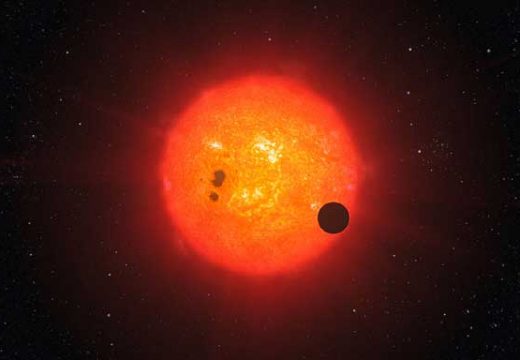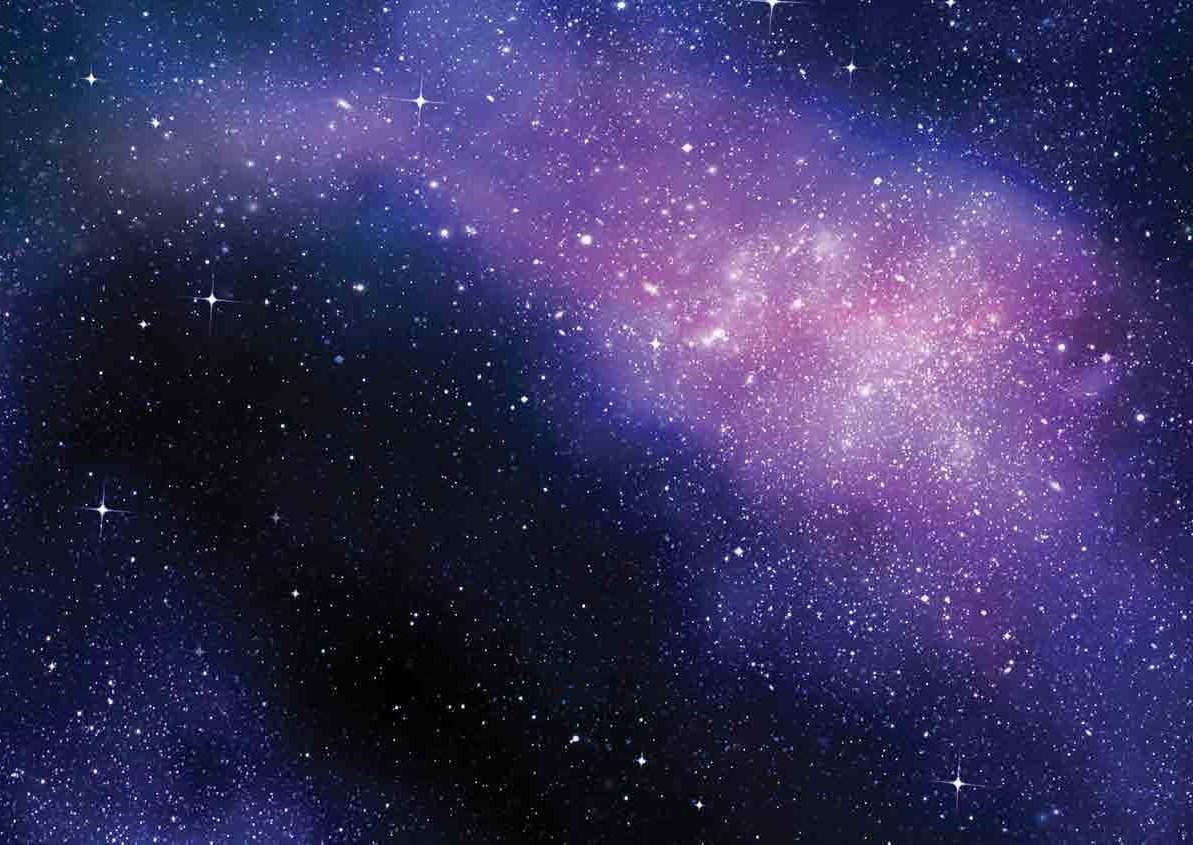Probably at some point during your life you’ve heard the phrase, “We’re made of stardust.” You probably never really thought about it again, or even dismissed it as nonsense, but I’m here to tell you that there’s actually some truth in it.
Most people never really think of stars as doing more than making the night sky look pretty, but without them, we would quite literally not exist (our very own sun is a star). The first thing you need to know is, there are two different types of stars: low mass stars and high mass stars. Low mass stars are stars with a mass equivalent to 2 solar masses or less (i.e. weighing less than double the mass of our own star), whilst high mass stars have masses exceeding 8 solar masses. The distinction is important as the life-cycle of these two respective types start off similarly but diverge quite dramatically as they progress.
All stars form from the accretion of dust and gas found in outer space, the amount of which determines the future mass of the star. The hydrogen gas, from which it is formed, eventually gathers by the force of gravity, becoming a protostar. Once sufficient temperatures are reached (and by that I mean upwards of 15 million degrees Celsius), this protostar contracts, which marks the beginning of a “main sequence star”.


It will remain in this state for millions (even billions) of years to come (like our own sun). During this phase the star is undergoing hydrogen fusion, whereby the hydrogen in the core is converted into helium (known as the proton-proton chain). This process releases massive amounts of energy, which is the very reason why we can harness the sun’s power. Once the hydrogen core is exhausted the star enters what is called the Red Giant Phase, which is characterized by the collapse of the hydrogen core. This causes the entire structure to become compressed, leading to higher temperatures, thus creating enough energy to go onto the next step of shell burning i.e. helium burning. In this process the now largely helium core undergoes fusion into carbon atoms. The end of helium burning marks the end sequence of low mass stars, which throughout the process have expanded leading to the ejection of the outer layers of the star. What remains is a carbon core, known as a white dwarf.
But whilst the low mass stars end their journey there, the high mass stars are only beginning. They follow many of the same steps as the low mass stars, however, the shell burning progresses at a much faster rate. This accelerated progression means high mass stars are considerably less stable and reach their end sequence much more rapidly than their smaller kin (2.5 million years on average vs. the 10 billion years of our own sun), despite their additional steps. Unlike low mass stars, once the helium core is exhausted carbon burning begins, leading to a phenomena called multiple shell burning. This process continues up to iron, which is the heaviest element that still produces energy when fused. Once the core is entirely made up of iron, fusion stops and the core collapses into a small number of neutrons. This collapse releases immense amounts of energy that is colloquially known as a supernova. The rest of the elements found (naturally) are produced during this highly energetic explosions – and in this way it can be said, all of us are made of stardust, pretty neat, right?


Sophie Z. is an undergraduate studying Environmental Chemistry at the University of Edinburgh and tutoring Chemistry. She is hoping to do her postgraduate work in Marine Chemistry.




